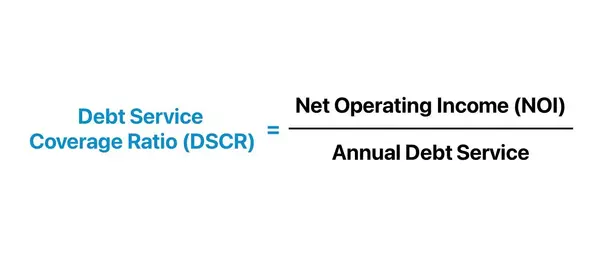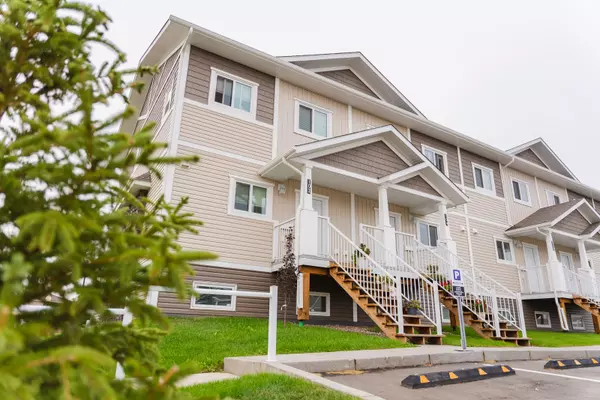Calgary Real Estate Tips for Buyers & Investors (2025)
Understanding CMHC MLI Select Terms: DSCR, LTV, NOI, Cap Rate, and More
Understanding CMHC MLI Select Terms: DSCR, LTV, NOI, Cap Rate, and More
Navigating the world of multi-unit residential financing can be daunting, especially when dealing with the CMHC MLI Select program. To make informed decisions and maximize your investment returns, it's crucial to understand the
How to Buy Multi-Million Dollar Properties with 5% Down: The CMHC MLI Select Program (2025 Guide)
How to Buy Multi-Million Dollar Properties with 5% Down: The CMHC MLI Select Program (2025 Guide)
Investing in multi-million dollar properties with just 5% down is no longer a pipe dream—thanks to Canada's CMHC MLI Select Program. Designed for investors eyeing large multi-unit residential buildings,
Navigating the CMHC MLI Select Program: A Step-by-Step Guide for Investors (2025)
Navigating the CMHC MLI Select Program: A Step-by-Step Guide for Investors (2025)
Quick Navigation:
Program Overview
Key Advantages
Eligibility Requirements
Points System Explained
Contact Getty Group:
📱 Instagram: @nasahctus📧 Email: hasan@gettygroup.ca📞 Phone: 403-808-9705
Complete a buyer i
What does Bank of Canada's Rate Cuts mean for your Mortgage?
Breaking Down Bank of Canada's Rate Cuts: What It Means for Your Mortgage
Hold onto your wallets, Canadian homeowners and mortgage hunters! The Bank of Canada is making moves that could change your financial landscape. With rate cuts on the horizon and the mortgage market in flux, understanding thes
Edmonton: Your Ticket to a Life-Changing Fresh Start
Published on March 23, 2025 at 02:19 PM CST
Edmonton: Your Ticket to a Life-Changing Fresh Start
Imagine a city where your dreams don't just survive—they thrive. Welcome to Edmonton, Canada's hidden gem that's about to turn your life's trajectory upside down (in the best possible way)!
Table of Cont
Market Crash or Opportunity? The Insider's Guide to Surviving Economic Uncertainty
Market Crash or Opportunity? The Insider's Guide to Surviving Economic Uncertainty
BREAKING: Is the stock market heading for a complete meltdown? Before you panic-sell your investments, read this strategic breakdown that could save your financial future—and potentially make you money!
Market Volatil

Hasan Sharif
Phone:+1(403) 808-9705





